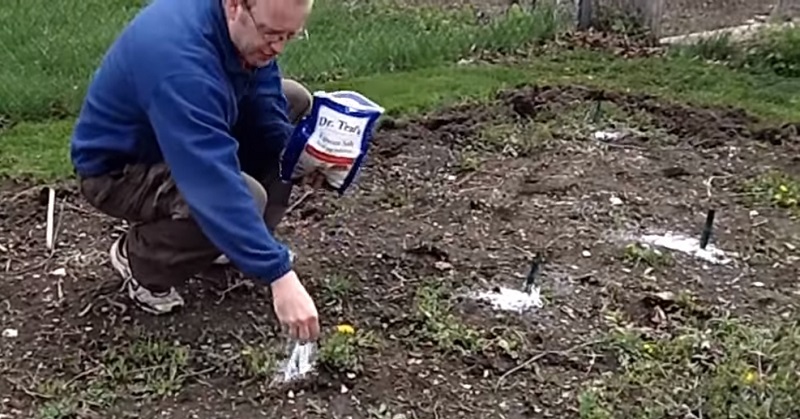Epsom salt is made from magnesium sulfate, a pure and naturally occurring mineral that was first found in the well waters of Epsom, England. Epsom salt has many uses — perhaps the most well-known being pain relief. But did you know you can use Epsom salt in your garden?
Check out these ten unique ways to incorporate Epsom salt into your home garden.
1. Promote Natural Nutrient Absorption
Commercial fertilizers often contain magnesium that helps plant roots absorb vital nutrients. Using Epsom salt is a natural way to encourage soil to absorb nitrogen, phosphorus and sulfur, eliminating the need for processed chemical fertilizers.
2. Improve Growth
Try using Epsom salt as a soil amendment before seeding. The magnesium aids in seed germination and helps to strengthen cell walls, leading to stronger seeds and giving your garden a powerful boost. Incorporate 1 cup of salt per 100 square feet of soil, or mix 1-2 tablespoons into the soil at the bottom of each hole before dropping the seeds.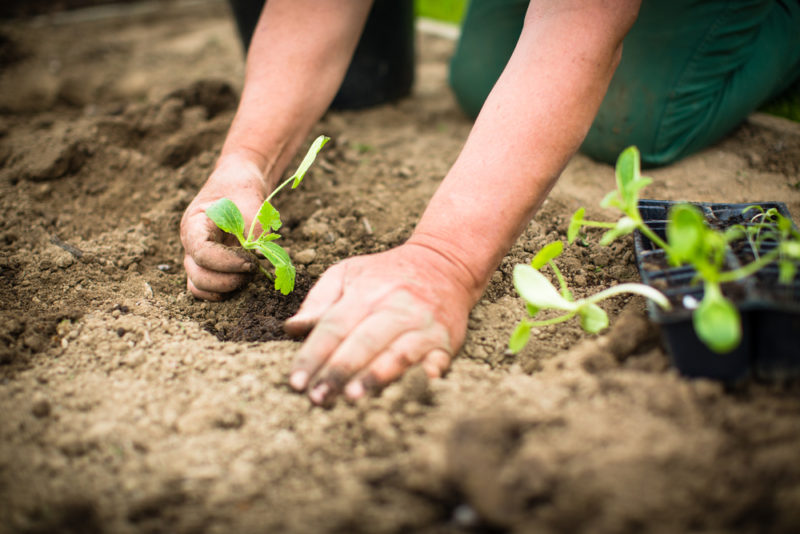
3. Make Moving Easier
Moving plants from a small pot to a larger one or transporting them from inside to outside can cause plants to wilt. Feeding transplants with Epsom salt once they’re in their new environment can help heal injured roots and lessen the shock from moving. Add a layer of soil on top of salt that’s sprinkled in holes so roots don’t come into direct contact with the minerals right away.
4. Promote More Greenery
Plants that aren’t getting enough magnesium often turn yellow, as magnesium is an essential compound in the production of chlorophyll. Sprinkle some Epsom salt around your plants to achieve healthier and greener foliage. About 1 tablespoon per 1 foot of height once a month will benefit every plant in your garden.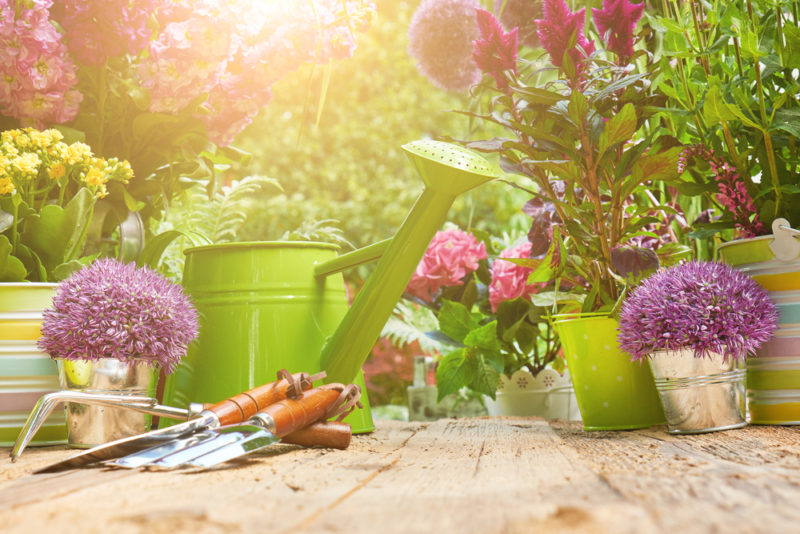
5. Prevent Curling Leaves
A magnesium deficiency can also cause leaves to curl. Adding some Epsom salt around the base of a sick plant can help the plant absorb needed minerals. For faster absorption, mix 2 tablespoons of Epsom salt into a gallon of water and apply directly to the leaves.
6. Make Fruit Sweeter
Applying Epsom salt to fruit and nut trees, bushes and vines can boost chlorophyll inside the plant cells, increasing energy and allowing the plant to produce higher yields of sweeter and healthier fruit.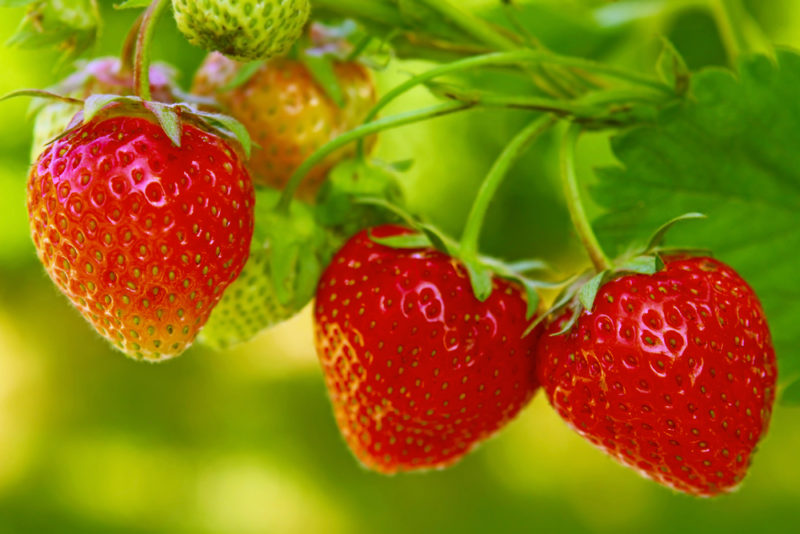
7. Keep Pests Out
Hydrated magnesium sulfate crystals are sharp. When sprinkled around plants, they can scratch and irritate the bodies and feet of unwanted garden critters. (Epsom salt dissolves very easily, so it would have to be applied after every rainfall.)
8. Grow Beautiful Roses
Epsom salt helps roses to produce a larger blossom while darkening leaves. Roses should be fed with Epsom salt at the time of planting, at the first sign of new growth, and once again when the flowers are in full bloom. Bare root roses may also be soaked in water containing dissolved Epsom salt prior to planting.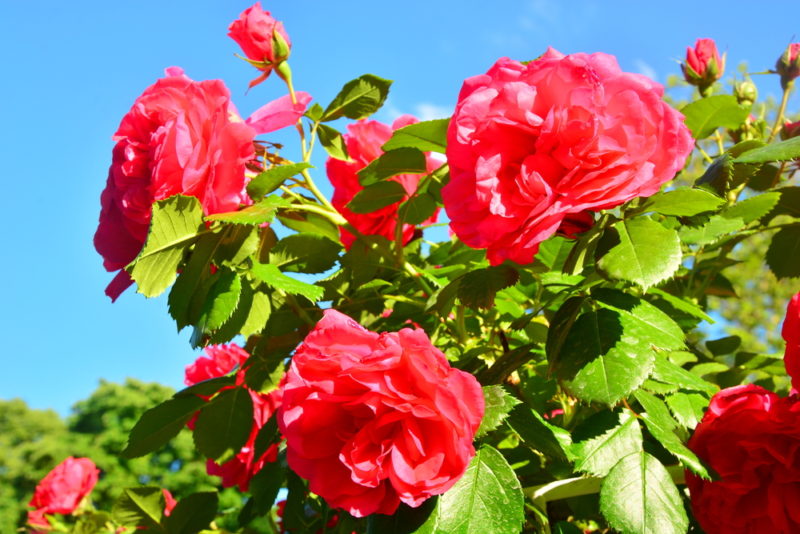
9. Produce Tasty Tomatoes
Tomato vines tend to have a higher risk of magnesium deficiency because the fruit-to-plant size ratio is heavier than average. Tomatoes should be fed Epsom salt twice as often as other plants. Water tomato vines with dissolved Epsom salt (2 tablespoons per gallon of water) every two weeks.
10. Yield More Peppers
Peppers also have a higher fruit-to-plant ratio, so they should be fed magnesium every two weeks to achieve higher yields. Sprinkle 1 tablespoon of Epsom salt for every foot of height around the drip line of your pepper plants once a week.
Sources:
Natural Living Ideas
The National Gardening Association Learning Library
RHS – Inspiring Everyone To Grow
Salt Works
Heirloom Organics


